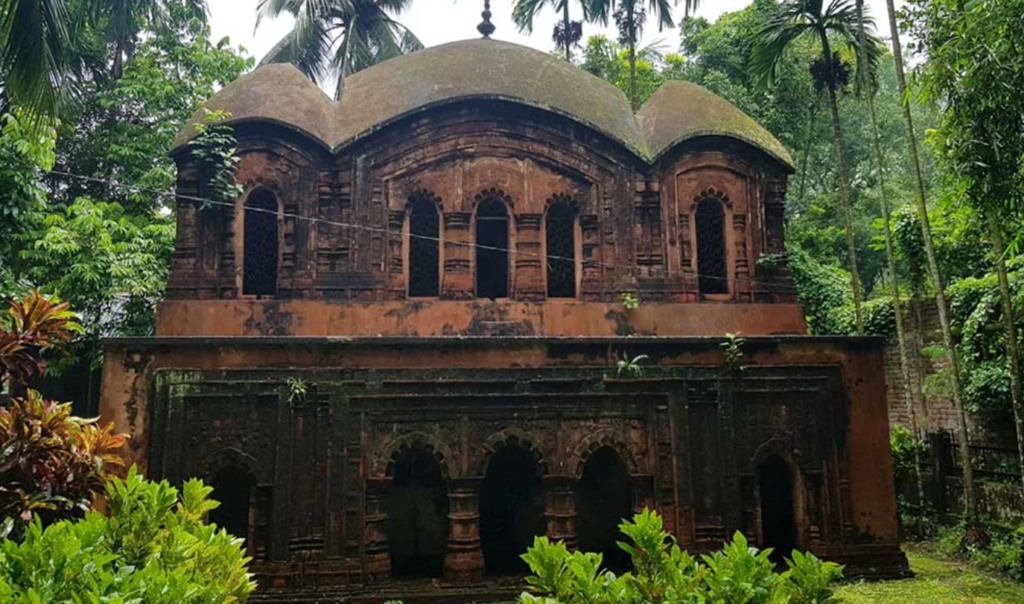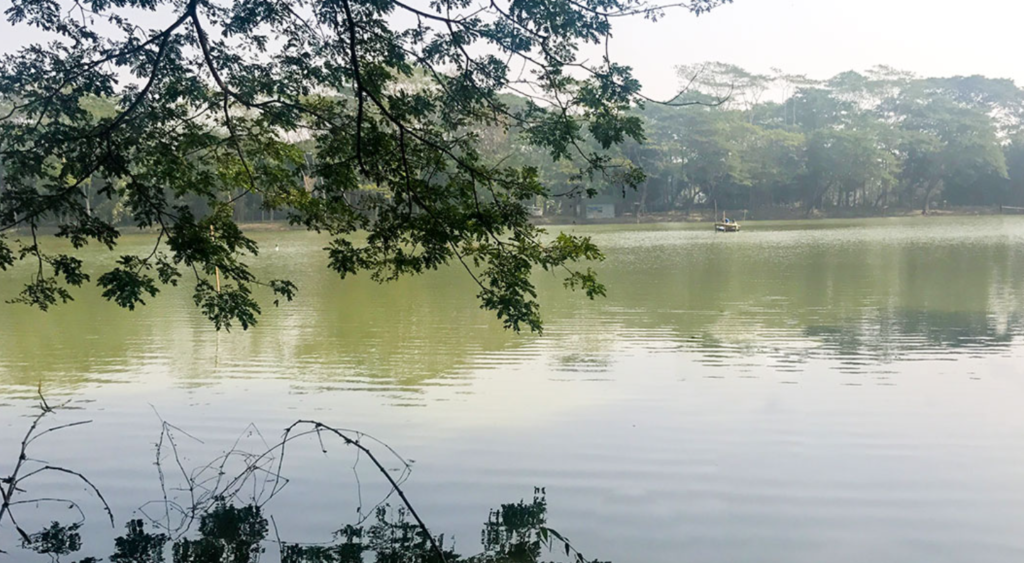Nestled in the heart of south-central Bangladesh, Madaripur is a district brimming with cultural richness, natural beauty, and historical significance. Named after the Sufi saint Shah Madar, this district stands as a testament to Bangladesh’s spiritual and cultural heritage. From its serene rivers to its vibrant festivals, Madaripur offers a unique blend of experiences that captivate visitors and highlight the region’s dynamic past and vibrant present.
A Brief History of Madaripur
Madaripur’s name is derived from Shah Madar, a prominent Sufi saint who was instrumental in spreading Islam in the region during the medieval period. His shrine remains a significant landmark, symbolizing the district’s spiritual roots. Historically, the area has been influenced by various ruling dynasties, including the Bengal Sultanate, the Mughals, and later, the British colonial administration.
- Colonial Legacy: Under British rule, Madaripur emerged as an administrative and trade hub. The district played a pivotal role in the struggle for independence, with local leaders and freedom fighters making significant contributions during the 1971 Liberation War.
- Evolution of Administration: In 1984, Madaripur was officially established as a district, carved out of Faridpur, further solidifying its identity in Bangladesh’s administrative map.
Key Attractions of Madaripur
Madaripur is home to a variety of attractions that cater to history enthusiasts, nature lovers, and spiritual seekers alike.
1. Shah Madar Dargah Sharif
The dargah of Shah Madar, located in the heart of the district, is a spiritual sanctuary visited by devotees seeking blessings and solace. The site is especially vibrant during the annual Urs festival, which attracts pilgrims from across the region.
2. Arial Khan River
The Arial Khan River, a distributary of the mighty Padma, flows gracefully through Madaripur, enriching the region’s biodiversity and providing a picturesque setting for locals and visitors. River cruises offer a serene way to explore the surrounding villages and lush greenery.
3. Sree Sree Harichand Ashram
Situated in Orakandi, this ashram is a revered pilgrimage site for the Matua community. The vibrant annual festivals held here are a testament to the district’s religious diversity and cultural harmony.
4. Rajoir Zamindar Bari

The Rajoir Zamindar Bari, an opulent palace from the colonial era, stands as a relic of Madaripur’s aristocratic past. Its intricate architecture and sprawling gardens provide a glimpse into the lifestyle of Bengal’s zamindars.
5. Madaripur Lake Dighi

This large lake is a favorite among locals for its serene beauty and recreational opportunities. Fishing, boating, and picnicking by the lake are popular activities that offer a refreshing escape from city life.
Culture and Heritage
Madaripur is a microcosm of Bangladesh’s rich cultural tapestry, where traditions thrive amidst modern influences.
Folk Music and Arts
- The district is a hub for traditional Bengali music, including Baul and Bhawaiya genres. These soulful melodies are often performed during local festivals and fairs, reflecting the community’s deep connection to its cultural roots.
- Traditional arts like pottery, weaving, and wood carving are still practiced in Madaripur, keeping the legacy of craftsmanship alive.
Jute Industry
Known as the “Golden Fiber” of Bangladesh, jute cultivation and processing form a cornerstone of Madaripur’s economy. The district produces high-quality jute products, including ropes, mats, and eco-friendly bags.
Festivals
- Nabanna Utsav: The harvest festival celebrated during the rice harvesting season is marked by feasting, music, and dance, showcasing the district’s agricultural heritage.
- Mela at Shah Madar Shrine: The annual fair at the shrine brings together thousands of people in a grand celebration of faith and community.
Natural Wonders
Madaripur’s natural beauty is defined by its rivers, green fields, and tranquil water bodies.
- Arial Khan River Basin: The river and its tributaries not only support the district’s agriculture and fisheries but also offer stunning landscapes for photography and exploration.
- Mangrove Plantations: Small-scale mangrove plantations near the riverbanks contribute to the region’s ecological balance and are home to a variety of bird species.
Famous Personalities from Madaripur
Madaripur has been the birthplace of several influential figures who have left their mark on the nation’s history and culture.
- Ramesh Chandra Majumdar: An eminent historian and academician, Ramesh Chandra Majumdar’s works on ancient Indian history are widely regarded as groundbreaking.
- Shah Madar: The district’s namesake, Shah Madar, played a pivotal role in spreading Islam in the region and remains a revered spiritual figure.
Economic Significance
Madaripur’s economy is a blend of agriculture, trade, and small-scale industries.
- Agriculture: The fertile lands produce rice, jute, sugarcane, and vegetables, forming the backbone of the district’s economy.
- Fishing: The riverine ecosystem supports a thriving fishing industry, providing livelihoods to many local families.
- Craft Industries: Handicrafts, especially jute-based products, contribute to the local economy and are gaining recognition in domestic and international markets.
Culinary Highlights
Madaripur offers a delightful culinary experience with its unique blend of flavors:
- Hilsa Delicacies: Freshly caught Hilsa from the Arial Khan River is prepared in various traditional styles, including mustard curry and smoked Hilsa.
- Traditional Sweets: Local sweets made from jaggery and milk, such as chomchom and naru, are must-tries.
- Pithas (Rice Cakes): Seasonal rice cakes like patishapta and bhapa pitha are popular during winter festivals.
Administrative Divisions
Madaripur is divided into four upazilas, each contributing uniquely to the district’s identity:
- Madaripur Sadar: The administrative and commercial hub.
- Rajoir: Known for its cultural heritage and historical landmarks.
- Shibchar: A serene area with vibrant agricultural landscapes.
- Kalkini: A region with a blend of natural beauty and traditional crafts.
Why Visit Madaripur?
Madaripur is a treasure trove of spiritual sanctuaries, historical landmarks, and natural beauty. Its rivers, festivals, and welcoming community make it a perfect destination for those seeking an authentic experience of rural Bangladesh. Whether you’re exploring the legacy of Shah Madar, savoring the district’s culinary delights, or simply soaking in its serene landscapes, Madaripur promises an unforgettable journey.
Conclusion
Madaripur embodies the harmony of tradition, history, and natural beauty. As you traverse its serene riverbanks, visit its historic landmarks, and immerse yourself in its vibrant culture, you’ll discover a district that truly captures the essence of Bangladesh. Plan your visit to Madaripur today and let its charm leave a lasting impression on your heart.




